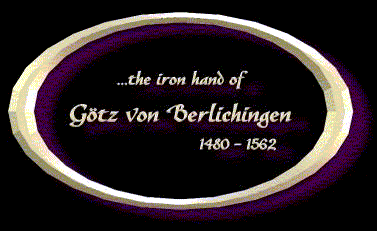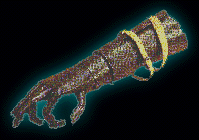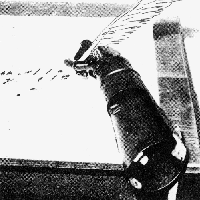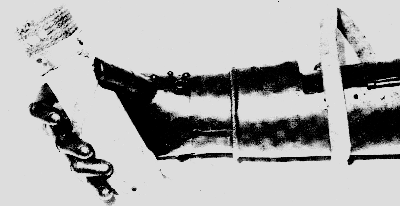
This page is not-for-profit and its sole mission is to stimulate, disseminate, inspire, and promote knowledge of the plattner profession and a time of which little information is available to the average web surfer. The subject matter will be changed on an irregular basis and whenever possible, information about where to find more, authorship, copyright holders,and other pertinent information will be provided. All attempts to secure publishing rights for materials used will be made and the unauthorized use of copyrighted materials is unintentional. All ideas stated on this web site are those of the author and do not nescessarily reflect commonly accepted views. Also, viewers are invited to partake in a lively, interactive relationship of questions, answers and suggestions.



"Ich aber schrie zu ihm hinauf:
Hinten zu! Hintenzu,
da magst Du mich hinten lecken!"
In his memoirs such words have been recorded only once, but our knight, Götz von Berlichingen was fully aware of power words and never missed a chance to use them. Its meaning roughly translates into today’s English as:
"KISS MY ARSE"!
This is not to say, the Götz was just another commoner, indeed he was of noble birth, as records in the state achieves in Stuttgart/Germany show.
I also do not wish to re-exam the life story of this most famous of German knights, a man who lived to the ripe old age of 82 (died 1562) and managed to have his memoirs recorded in his own words shortly before his death.
More to the point, Götz is equally well known for the use of an iron hand -one that replaced his own- lost not during war, but during an altercation with a farm hand. This goes to show that a silly exchange of words can lead to grave consequences.
How did it come to this in the year of 1504?
(Details are to be found in :G.H. Biedermann's Burg Hornberg, Ruestungschau 1980 which commemorates the 500 th birthday of the Götz von Berlichingen)
…"so sollte er im Namen Gottes mit mir hinfahren,
ich wäre doch verderbt zu einem Kriegsmann"
...words of despair from a 24 year old brave who saw himself to be no longer useful for a calling he had followed…that of a knight.
And yet, while he was still recovering from his injury, the thought of that one-armed servant he had seen fighting in the field, did help to regain his composure and self confidence. It occurred to Götz that even if only at a half measure, with god's grace and an iron hand, he could be as good as any man without a mutilation.
The first hand -after his stump had healed- is expected to have been a simple "Ersatzthand" more a mitt with two or three talons made by a village blacksmith and a saddle maker. Of course, the Götz' wish for an improved, movable hand was not unreasonable, given the technical expertise of workshops in Nuremberg and Augsburg, cities that were also responsible for the invention of the German wheelock pistols during the early 16th century. The sophistication of the hand shown below also shows photographs which makes it possible to hold the reins of a horse, the shaft of a lance and even a playing card..yet to top it off....a feather quilt to write a letter.
 And
so beginns a legend!
And
so beginns a legend!


Holding a playing-card and writing with a feather quill.


Holding lance and reins
Don't forget to bookmark this site